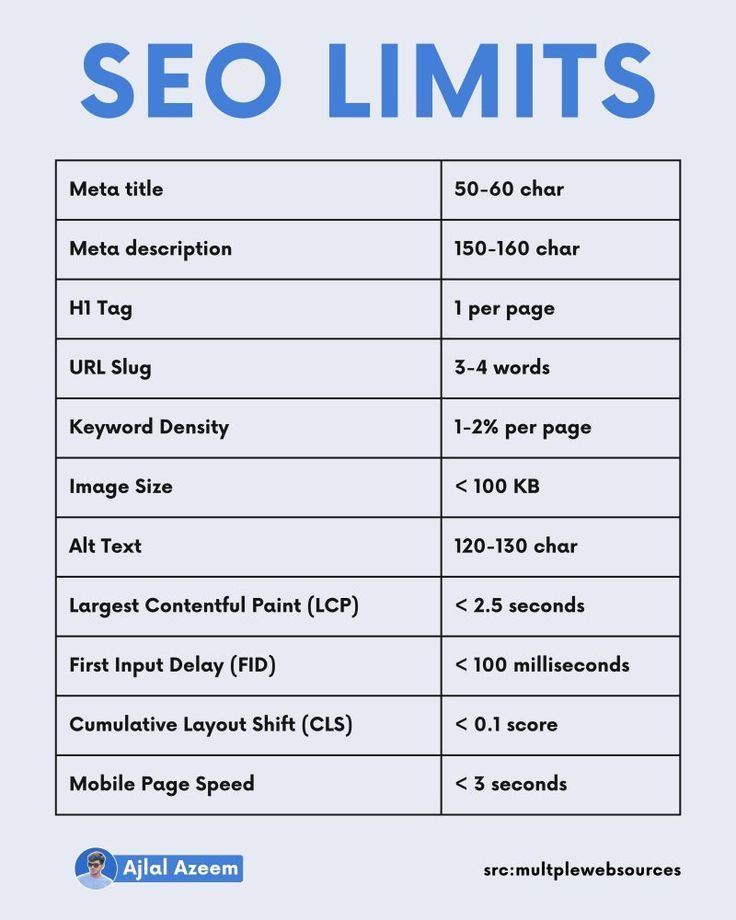Data Analyst vs. Data Scientist vs. Business Analyst
1. Data Analyst
- Primary Role:
Focuses on analyzing existing datasets to find patterns, trends, and insights. Their main goal is to provide reports and dashboards that help businesses make informed decisions.
- Skills Required:
SQL (for querying databases)
Data Visualization (charts, dashboards, reports)
Reporting & Basic Statistics
Data Wrangling (cleaning and preparing raw data)
ETL (Extract, Transform, Load) processes
- Common Tools:
SQL
Tableau
Power BI
Excel
Python (basic usage for analysis & visualization)
- Example Work:
Preparing monthly sales reports, customer segmentation dashboards, or visualizing marketing campaign results.
2. Data Scientist
- Primary Role:
Goes beyond descriptive analysis — builds predictive and prescriptive models using machine learning. They handle large, complex datasets and generate insights that can influence future strategy.
- Skills Required:
Advanced Math & Statistics
Programming (Python, R)
Machine Learning & Deep Learning
Data Wrangling & ETL Processes
Big Data technologies
- Common Tools:
Python, R
TensorFlow, PyTorch
Scikit-Learn
Hadoop, Spark
- Example Work:
Building a predictive model for customer churn, training NLP models for sentiment analysis, or developing fraud detection algorithms.
3. Business Analyst
- Primary Role:
Works as a bridge between business and technology. They focus more on understanding business processes, stakeholder needs, and challenges, and then suggest data-driven solutions.
- Skills Required:
Communication & Presentation skills
Stakeholder Management
Business Process Modeling
Problem-Solving & Strategic Thinking
- Common Tools:
Microsoft Office Suite
Business Intelligence Tools
Project Management Tools
Data Analyst vs. Data Scientist vs. Business Analyst
1. Data Analyst
- Primary Role:
Focuses on analyzing existing datasets to find patterns, trends, and insights. Their main goal is to provide reports and dashboards that help businesses make informed decisions.
- Skills Required:
SQL (for querying databases)
Data Visualization (charts, dashboards, reports)
Reporting & Basic Statistics
Data Wrangling (cleaning and preparing raw data)
ETL (Extract, Transform, Load) processes
- Common Tools:
SQL
Tableau
Power BI
Excel
Python (basic usage for analysis & visualization)
- Example Work:
Preparing monthly sales reports, customer segmentation dashboards, or visualizing marketing campaign results.
2. Data Scientist
- Primary Role:
Goes beyond descriptive analysis — builds predictive and prescriptive models using machine learning. They handle large, complex datasets and generate insights that can influence future strategy.
- Skills Required:
Advanced Math & Statistics
Programming (Python, R)
Machine Learning & Deep Learning
Data Wrangling & ETL Processes
Big Data technologies
- Common Tools:
Python, R
TensorFlow, PyTorch
Scikit-Learn
Hadoop, Spark
- Example Work:
Building a predictive model for customer churn, training NLP models for sentiment analysis, or developing fraud detection algorithms.
3. Business Analyst
- Primary Role:
Works as a bridge between business and technology. They focus more on understanding business processes, stakeholder needs, and challenges, and then suggest data-driven solutions.
- Skills Required:
Communication & Presentation skills
Stakeholder Management
Business Process Modeling
Problem-Solving & Strategic Thinking
- Common Tools:
Microsoft Office Suite
Business Intelligence Tools
Project Management Tools








